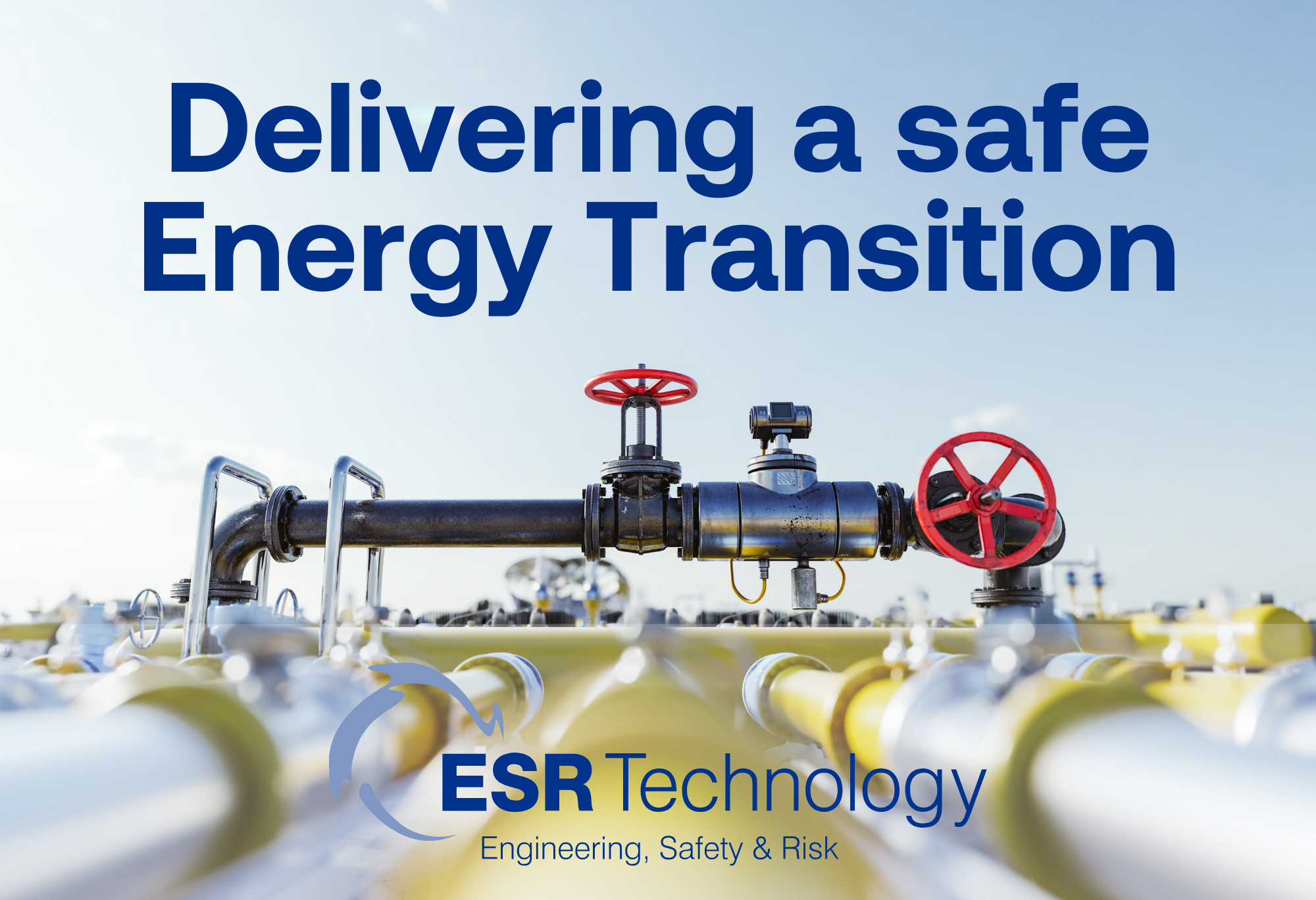Overview
As the global energy sector transitions towards cleaner and more sustainable solutions, new technologies such as hydrogen energy, carbon capture and storage (CCS), offshore wind, and advanced battery systems are transforming the energy landscape. However, these innovations come with new safety, reliability, and risk challenges. ESR Technology plays a vital role in ensuring these innovations are safe, robust, and reliable. Through its extensive expertise in engineering safety, risk management, and consequence modelling, ESR Technology supports companies as they adopt and implement low-carbon technologies, ensuring the energy transition is managed responsibly and securely.
Challenge
The transition to cleaner energy is not without risk. New systems and processes—such as offshore CO₂ storage, floating wind installations, and hydrogen production—introduce unique hazards. These include flammable releases, pressurised systems, emerging technologies and large-scale offshore installations with complex dynamics.
Clients in the energy sector require robust safety evaluations, quantified risk assessments, and failure analysis techniques to demonstrate regulatory compliance, ensure people and environmental safety, and maintain operational integrity.
Our Role
ESR Technology supports energy clients by applying proven tools and methodologies to assess, quantify, and manage risks across a wide range of energy transition projects:
Selected Projects:
- Consequence Modelling for Offshore CO₂ Injection
ESR conducted consequence modelling to evaluate potential leak scenarios in offshore carbon capture and storage (CCS) sites. The modelling helped to demonstrate the case for safety to the Regulator. - QRA for Offshore Floating Wind Project
With the rise of floating offshore wind turbines, ESR performed Quantified Risk Assessments (QRAs) to assess the potential hazards posed by turbine collisions, mooring failures, and electrical faults, ensuring safe design and operation. - Safety and Risk Analysis for CO₂ Sequestration Projects
ESR carried out comprehensive Process Hazard Analyses and QRAs, evaluating the risks associated with pressurised CO₂ systems, pipelines, and injection wells. - Hydrogen Production Risk Assessments
For both ‘green’ (electrolysis-based) and ‘blue’ (reformation-based) hydrogen production sites, ESR undertook QRA and consequence modelling of flammable gas releases, ensuring safe system layout and risk mitigation. - Hydrogen Release Modelling
Using advanced consequence modelling, ESR evaluated scenarios involving hydrogen leaks and releases, which supported risk-informed decision-making and safe facility design. - CFD Analysis for Offshore Substations
ESR applied Computational Fluid Dynamics (CFD) to model airflow, gas dispersion, and thermal effects in offshore substations, helping to improve ventilation and verify helideck design. - Lithium-Ion Battery Safety Assessments
ESR performed risk and safety reviews of lithium-ion battery systems used in energy storage, assessing failure modes such as thermal runaway, fire propagation, and pressure release. - Data Centre Reliability Assessments
ESR contributed to the energy resilience of digital infrastructure by conducting reliability and risk assessments of data centres, a growing sector with a significant energy footprint.
Outcome
Thanks to ESR Technology’s expertise, clients have been able to:
- Demonstrate regulatory compliance with safety standards.
- Optimise system designs to reduce risk.
- Develop reliable and cost-effective emergency response strategies.
- Confidently deploy low-carbon technologies with safety assurance.
ESR Technology is a key enabler in the energy transition, bridging the gap between innovative solutions and operational safety. By combining decades of experience with advanced modelling tools, ESR continues to help organisations navigate the complex risk landscape of the net-zero future.
Conclusion
The path to a low-carbon future demands more than just innovation—it requires safety, reliability, and resilience. ESR Technology’s ability to deliver robust risk management solutions ensures that the transition to sustainable energy systems is not only ambitious but also safe and secure.
